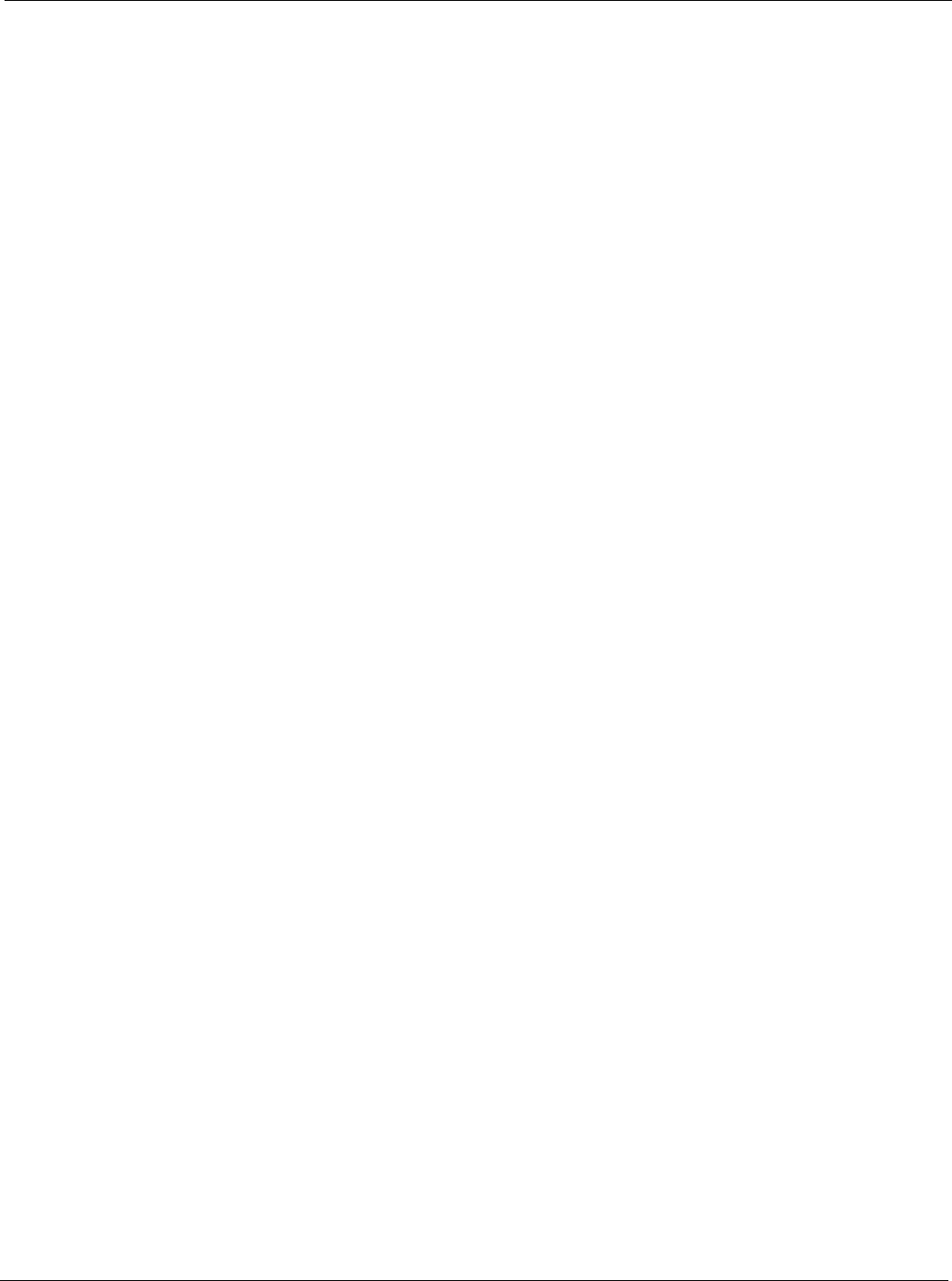Instruction manual
Table Of Contents
- Introduction
- Using the Keypad/Display
- Keypad/Display Menu Structure
- System Summary Menu
- Standard Menus
- System Menu
- Occupancy Menu
- Temperature Menu
- Flow Summary Menu
- Supply Fan Speed Menu
- Return/Exhaust Fan Speed Menu
- Cooling Menu
- Head Pressure Menu
- Evap Condensing Menu
- Economizer Menu
- Min OA Damper Menu
- Heating Menu
- Energy Recovery
- Dehumidification Menu
- Daily Schedule Menu
- One Event Schedule Menu
- Holiday Schedule Menu
- Optimal Start Menu
- Operating Hours Menu
- Extended Menus
- Unit Setup Menu
- Timer Settings Menu
- Time/Date Menu
- Supply Fan Setup Menu
- Return/Exhaust Fan Setup Menu
- Zone Temperature Setup Menu
- Compressor Setup Menu
- Head Pressure Setup Menu
- Chilled Water Setup Menu
- Economizer Setup Menu
- Design Flow Setup Menu
- Heating Setup Menu
- Dehumidification Setup Menu
- Alarm Out Configuration Setup Menu
- Alarm Limits Setup Menu
- Manual Control Menu
- LON/BACnetIP/BACnetMSTP Setup Menu
- Active Alarm Menu
- Alarm Log Menu
- Advanced Menus
- Unit Configuration Setup Menu
- Save/Restore Menu
- Alarm Delays Setup Menu
- Analog Input Status Menu
- Universal I/O Status Menu
- Digital Input Status Menu
- Digital Output Status Menu
- Adv Setup Settings Menu
- Adv Status Parameters Menu
- Alarms
- Operator’s Guide
- Determining Unit State
- Off Operating State
- Start Up Operating State
- Recirculating Operating State
- Heating
- Economizer
- Mechanical Cooling
- Determining Unit Status
- Determining Control Mode
- Determining Cooling Status
- Determining Heat Status
- Determining Economizer Status
- Determining Cooling Capacity
- Determining Heating Capacity
- Determining Supply Air Fan Capacity
- Determining RF/EF Capacity
- Determining Outside Air Damper Position
- Determining Emergency Mode
- Determining Application Mode
- Determining Occupancy Status
- Determining Occupancy Mode
- Determining Occupancy Source
- Unoccupied Operation
- Scheduling
- Temperature Control Configurations
- Heat/Cool Changeover
- Dehumidification
- Energy Recovery
- Outside Air Damper Control
- Outside Air Damper Control, Two Position
- Special Procedures for Units with WRV and More Than Two Circuits.
- Water Pump Control
- Cooling: Multistage
- Cooling: Modulating
- Heating Control
- Modulating
- Min DAT
- Indoor Air Fan - On/Off Control

McQuay OM 920 79
Operator’s Guide
Dehumidification Mechanical Cooling Control
During Dehumidification, control of Mechanical Cooling is based on the following two
editable values of the Leaving Coil Temperature setpoint. The Leaving Coil Temperature
setpoint parameter is adjustable via the following path: Extended Menus/Dehum Setup/Mn
Lvg Coil T or Mx Lvg Coil T.
• Mx Lvg Coil T (Default = 55°F)
• Mn Lvg Coil T (Default = 48°F)
For compressorized units, the number of Compressor Stages increases when:
• The time since the last stage change exceeds the Clg Stage Time AND
• Leaving Coil Temperature is greater than the Mx Lvg Coil T AND
• The current cooling stage is less than the available number of stages
During the dehumidification mode, the number of Compressor Stages decreases when:
• The time since the last stage change exceeds the Clg Stage Time AND
• Leaving Coil Temperature is less than Mn Lvg Coil T Spt AND
• The current cooling stage is greater than zero
Units with modulated cooling are controlled by a PI Loop to maintain the temperature leaving
the coil at the Mn Lvg Coil T. The normal DAT Cooling Deadband and PI Loop parameters
are used in this PI Loop.
Hot Gas Reheat Control
During Dehumidification control an analog Hot Gas Reheat (HGRH) output is controlled as
described below.
• Cooling/Fan Only: In the Cooling and Fan Only states, a PI Loop is used to control the
HGRH valve to maintain the Discharge Air Temperature at the Dehumidification Reheat
Setpoint. The deadband for this loop is the same one used for other control of heating to
maintain the DAT Heating setpoint.
• Cooling: In the Cooling state, the Dehumidification Reheat Setpoint equals the DAT
Cooling Setpoint. For DAT units, this is the normal DAT setpoint resulting from any reset.
For Zone Control units, this setpoint is the result of a PI Loop based on the Control
Temperature as is done in the Economizer state or with modulated cooling in the Cooling
state.
• Fan Only: In the Fan Only state, the Dehumidification Reheat Setpoint equals an editable
MaxReheatSpt (Default = 65°F) when the Control Temperature drops to the Zone Heating
setpoint and equals an editable MinReheatSpt (Default = 55°F) when the Control
Temperature rises to the Zone Cooling setpoint. The Dehumidification Reheat Setpoint
varies linearly between these two points.
This means that no matter what the Control temperature is, including OAT, the temperature
leaving the unit is at a maximum just before the unit needs to go into heating and at a
minimum just before the unit needs to go into Cooling. This reduces opportunity for unit to go
into heating or cooling during Dehumidification. The Dehumidification Reheat Setpoints are
editable via the path, Extended Menus/Dehum Setup/Min Rheat Spt or Max Rheat Spt.
Staged HGRH Control
In the Cooling and Fan Only states, a staged output is turned on and off to control the HGRH
valve to maintain the Discharge Air Temperature at the Dehumidification Reheat Setpoint.
The deadband for this setpoint is the same one used for other control of heating to maintain the
DAT Heating setpoint. When the DAT is above the Dehumidification Reheat Setpoint by more
than half the deadband, cooling capacity is greater than 0% and the Dehumidification Reheat
Timer is expired, the reheat output is turned on. When the DAT is below the Dehumidification
Reheat Setpoint by more than half the deadband and the Dehumidification Reheat Timer is
expired, or if the cooling capacity is 0%, the reheat output is turned off.










